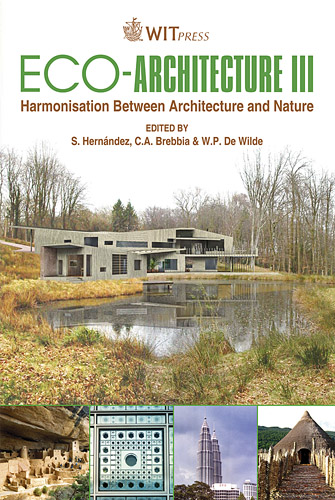Improving The Shear Resistance Of Adobe Masonry For Rebuilding And New Construction Purposes
Price
Free (open access)
Transaction
Volume
128
Pages
10
Page Range
493 - 502
Published
2010
Size
1,772 kb
Paper DOI
10.2495/ARC100421
Copyright
WIT Press
Author(s)
W. Jäger & J. Braun
Abstract
Adobe is a common building material used all over the world, especially in low cost housing. The areas in which this material is utilised also happen to be regions prone to experiencing earthquakes. Adobe masonry has a comparatively low shear resistance and fails, due to its brittle limitations resulting in virtually no ductile capability. It is therefore very susceptible to earthquake-induced loads. The present studies focus on the improvement of the shear resistance of adobe masonry by adding reinforcements in form of natural fibres to the clay bricks and enhancing the bond between mortar and stone by optimizing the surface of the clay bricks and mixing additives to the clay mortar. Furthermore, the fibre reinforcement should enhance the energy absorption capacity of the clay and therewith the ductility and earthquake resistance of the masonry. Keywords: adobe masonry, historical masonry buildings, earthquake, energy absorption, fibre reinforcement, clay, Arg-e Bam. 1 The historical citadel of Arg-e Bam Built before 500 BC and used until 1850 AD, the ancient citadel of Arg-é Bam (Iran) was the largest adobe building in the world. On December 26, 2003 a major earthquake struck Bam and the surrounding Kerman province with a magnitude of 6.3 on the Richter scale. The earthquake destroyed about 70 percent of the buildings in Bam city and more than 80 percent of the historical Citadel itself. Bam and its cultural landscape were inscribed on UNESCO’s World Heritage List and on the World Heritage List in Danger in June 2004.
Keywords
adobe masonry, historical masonry buildings, earthquake, energy absorption, fibre reinforcement, clay, Arg-e Bam





